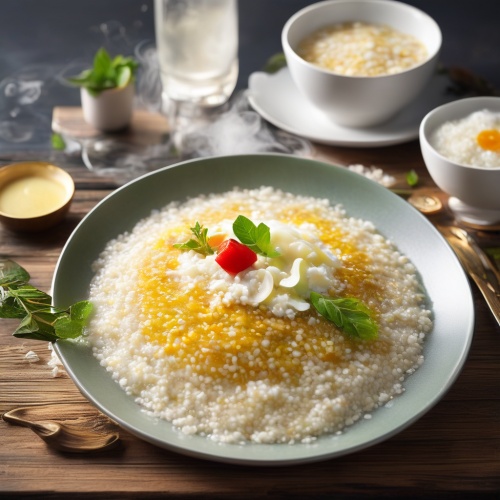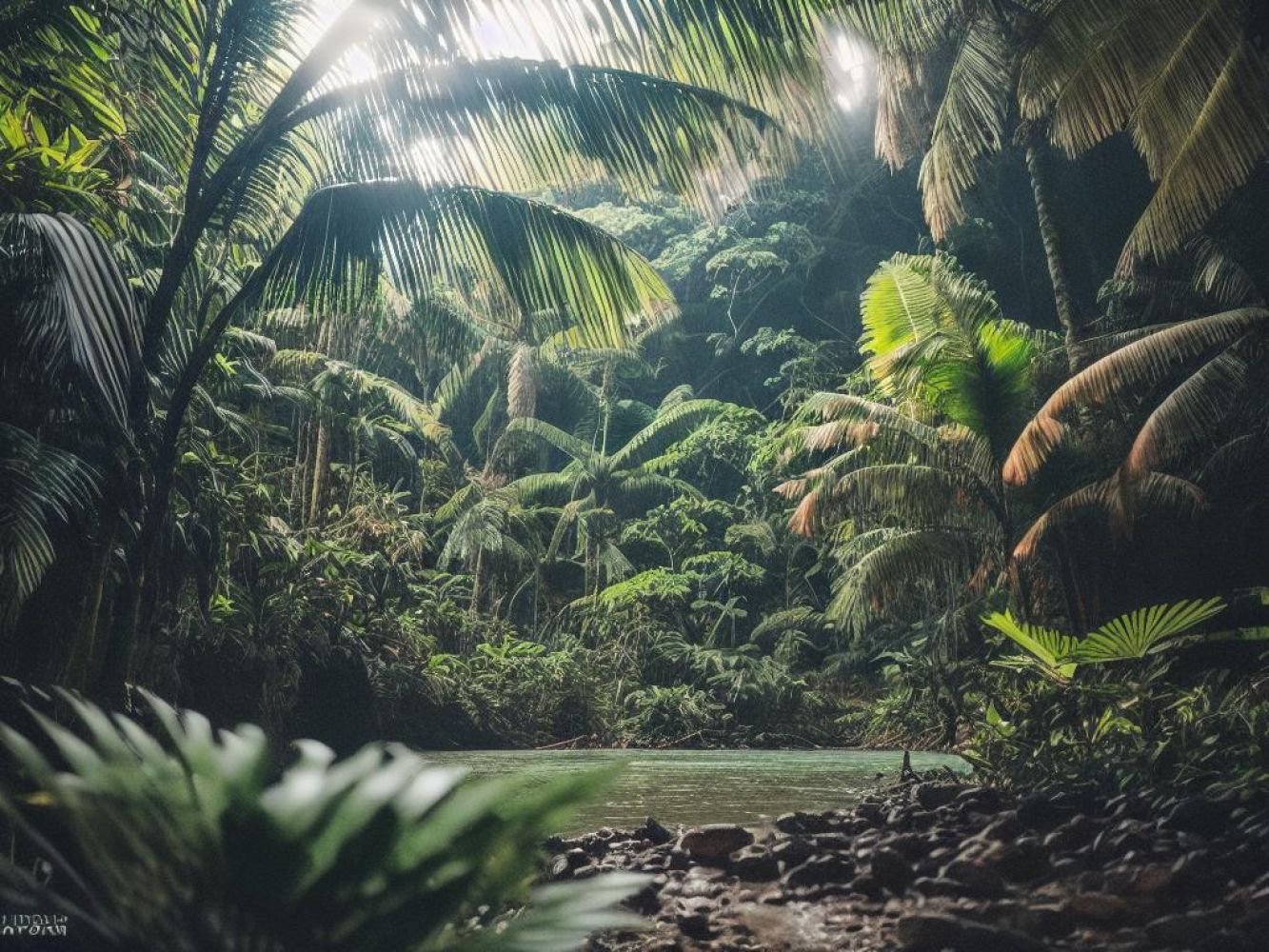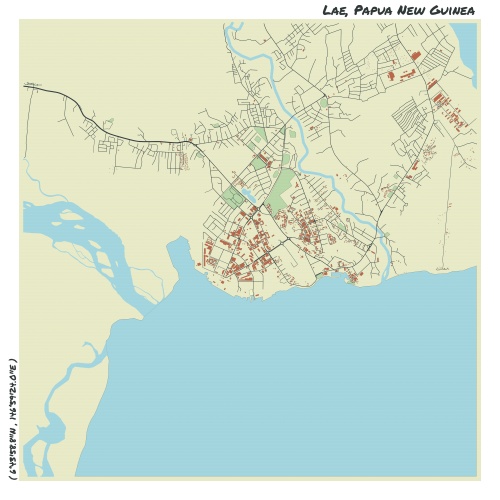Understand
Located in Papua New Guinea, Lae is not only the country's second-largest city but also its economic hub. As the gateway to the Highlands, Lae offers more than just a connection to the rest of the mainland. It serves as a vital port for the transportation of goods, including highland produce like potatoes, sweet potatoes, and cabbages, to the capital city of Port Moresby. If you can't afford to fly, coastal shipping from Lae provides a more affordable transportation option. In addition to its commercial importance, Lae has a fascinating history. In the 1920s, it held the title of the busiest airport in the world, playing a pivotal role in proving the viability of cargo transportation by air. Notably, it was also a significant stop for aviator Amelia Earhart on her ill-fated around-the-world journey in 1937. During World War II, Lae served as a major base for Japanese troops, further adding to its historical significance.
Map & Climate
Popular Foods
 Papaya Salad - This refreshing salad is a staple in Papua New Guinea. It features ripe papaya chunks mixed with coconut cream, lime juice, and chili peppers, offering a perfect blend of sweet and spicy flavors. The dish can be garnished with crushed peanuts and fresh herbs for added texture and aroma.
Papaya Salad - This refreshing salad is a staple in Papua New Guinea. It features ripe papaya chunks mixed with coconut cream, lime juice, and chili peppers, offering a perfect blend of sweet and spicy flavors. The dish can be garnished with crushed peanuts and fresh herbs for added texture and aroma. Sagu - Known as the "food that won't spoil," sagu is a versatile staple made from cassava root. After being processed and dried, it can be cooked in various ways, including boiling, roasting, or baking. Sagu is often consumed with savory side dishes, such as fish, vegetables, or eggs.
Sagu - Known as the "food that won't spoil," sagu is a versatile staple made from cassava root. After being processed and dried, it can be cooked in various ways, including boiling, roasting, or baking. Sagu is often consumed with savory side dishes, such as fish, vegetables, or eggs. Grilled Fish - Given its extensive coastline, fish plays a prominent role in the Papua New Guinea diet. Locals often grill their catch over open flames, enhancing the natural flavors with simple seasonings like salt, pepper, and lemon. The dish is typically accompanied by steamed greens and starchy roots, creating a nutritious and satisfying meal.
Grilled Fish - Given its extensive coastline, fish plays a prominent role in the Papua New Guinea diet. Locals often grill their catch over open flames, enhancing the natural flavors with simple seasonings like salt, pepper, and lemon. The dish is typically accompanied by steamed greens and starchy roots, creating a nutritious and satisfying meal.




Comments
NO COMMENTS